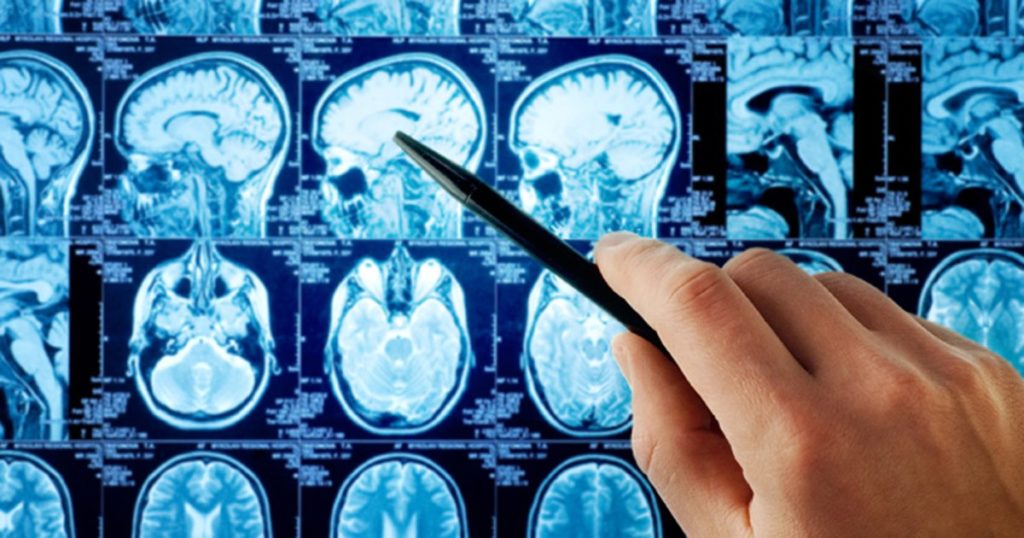March 17, 2021
2 min read
Source/Disclosures
Disclosures:
McGirr reports no relevant financial disclosures. Please see the study for all other authors’ relevant financial disclosures. Camprodon reports serving on the scientific advisory board of Hyka and Feelmore Labs; receiving consultation honoraria from Neuronetics; and receiving research funding from the AE Foundation, NIH and the Solinsky Foundation and the Gerstner foundation.
Intermittent theta burst stimulation was not efficacious for treating bipolar depression, according to results of a randomized clinical trial published in JAMA Network Open.
The intervention, which targeted the left dorsolateral prefrontal cortex, may lead to mood episode switches.

Source: Adobe Stock
“Newer [transcranial magnetic stimulation] protocols involving theta burst stimulation have garnered significant research attention and evidence for antidepressant efficacy,” Alexander McGirr, MD, PhD, of the department of psychiatry at the University of Calgary in Canada, and colleagues wrote. “Intermittent theta burst stimulation (iTBS) is a protocol that produces lasting neurophysiological changes, has demonstrated antidepressant efficacy in [major depressive disorder] and has recently been shown to be noninferior to high-frequency stimulation in MDD in a large single-blind study. This is important, because iTBS is a short protocol that could result in a drastic shift in the cost curve of this treatment. Yet, high-frequency stimulation and iTBS are not physiologically equivalent, and, therefore, they may not have comparable efficacy in different clinical populations.”
The investigators aimed to evaluate the safety and efficacy of iTBS to the left dorsolateral prefrontal cortex among individuals with acute bipolar depression. They recruited participants from two Canadian academic centers between 2016 and 2020. Participants were adults with bipolar disorder 1 or 2 who experienced an acute major depressive episode and who had not exhibited improvement from a first-line acute bipolar depression treatment suggested by the Canadian Network for Mood and Anxiety Treatments. Participants also had been taking a mood stabilizer, an atypical antipsychotic or a combination. A total of 37 were randomly assigned to daily sham iTBS or active iTBS via a random number sequence, stratified by current pharmacotherapy. Change in Montgomery-Asberg Depression Rating Scale score from baseline to study end served as the primary outcome. Clinical response, remission and treatment-emergent mania or hypomania served as secondary outcomes.
After 19 and 18 participants were randomly assigned to sham iTBs and active iTBS, respectively, the researchers terminated the trial for futility. They observed no significant differences in Montgomery-Asberg Depression Rating Scale score changes. In both the double-blind and open-label phases, they noted low rates of clinical response: 15.8% in the sham iTBS group and 16.7% in the active iTBS group. Further, McGirr and colleagues reported a treatment emergent hypomania among one active iTBS participant, as well as a second episode during open-label treatment.
“This negative [randomized clinical trial] highlights the importance of standardizing protocols and testing the efficacy of neurostimulation treatments proven in MDD in [bipolar disorder],” the researchers wrote. “Furthermore, standardizing protocols and sham-controlled designs to account for spontaneous response is necessary to determine what, if any, role TMS has in the treatment of bipolar depression.”
In a related editorial, Joan A. Camprodon, MD, MPH, PhD, of the division of neuropsychiatry and neuromodulation at Massachusetts General Hospital, highlighted the implications of these negative findings on future research for bipolar depression treatments.
“A negative trial may be considered an undesired scientific outcome, but this study by McGirr [and colleagues] has the potential to impact neuromodulation treatment development in bipolar depression,” Camprodon wrote. “Clinically, it may focus the next steps in the exploration of traditional repetitive TMS protocols. Perhaps more critically, however, it emphasizes the need to deepen our characterization of circuit pathophysiology, the identification of anatomical treatment targets, and the focus on oscillatory physiological dynamics to understand both disease mechanisms and the distinct mechanisms of action (and clinical indications) of different TMS frequency interventions.”
